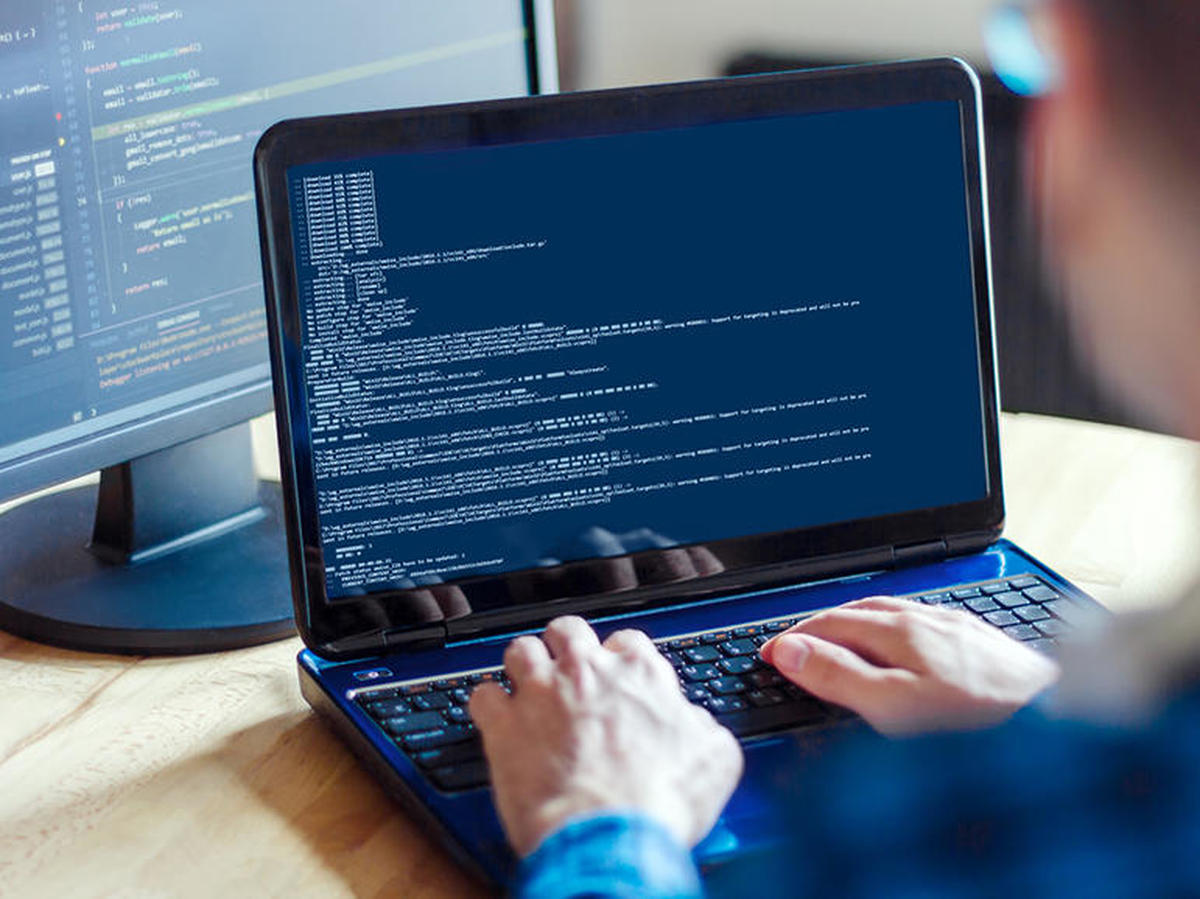1 Introduction2 How to Convert Laptop LCD to Desktop Monitor2.1 Method #1: HDMI-in Port?2.2 Method #2: Using a Software Solution2.3 Method #3: Use the Laptop as a Monitor Via the Network2.4 Alternative: Remotely Accessing your Laptop or PC3 Final Words
Also Read: How to Overclock a Laptop Monitor Good monitors still cost a lot of money! It is bad enough to put a dent in your budget! By using your old laptop’s screen, you not only save yourself some cash, but you also benefit the environment by actively recycling your junk rather than dumping it away. A second screen also extends the Windows desktop. This means you have more programs in view at the same time and can work more productively.
How to Convert Laptop LCD to Desktop Monitor
Method #1: HDMI-in Port?
Of course, the easiest way is to connect your laptop to your PC via an HDMI cable or Display port connections. However, 99% of the laptops out there do not have an HDMI-in port! The manufacturers place an HDMI out port, which is for displaying your laptop’s screen on an external device such as a Monitor or TV. If your laptop has an HDMI-in port then this is the easiest solution, it’s simple plug and play. Also Read: How to Turn Off Laptop Screen When Using HDMI Windows 10 If your computer does not have an HDMI-in port but connecting it to a Desktop via a cable is what appeals to you, then there is a solution. You would have to purchase a capture card. Although, these devices cost a pretty penny and they offer limited functionality.
Method #2: Using a Software Solution
if you own a laptop with Windows 10, you can use it as a second screen without an HDMI in port, provided that you use Windows 10 with both devices and Miracast. This can also be used to control the television, for example, if you use a wireless adapter that is sold by Microsoft (this is an optional step for additional functionality, you don’t need to get this for simply hooking up your laptop screen to your desktop machine) Also Read: How to Use My Laptop as a Monitor or Screen for Xbox One? Another frequently used program is MaxiVista. Once this software has been installed on the Desktop PC, the laptop and the desktop must be connected to each other via the Internet. If the laptop is to be used as the only monitor, the software must be configured to run automatically at startup. The only thing you need to install this program is a screen that is connected to the desktop’s graphics card. The software solution is very easy to install and thus offers a good option for less experienced users to use their laptop screen as a monitor.
Method #3: Use the Laptop as a Monitor Via the Network
If you set up the laptop as a screen to access the files on the PC, you can also connect the two devices via the network. However, this is only recommended for users who have good networking knowledge. The connection between laptop and PC is best made via a router that uses a DHCP service. To do this, both the laptop and the desktop PC are connected to the router. Then the DOS prompt is opened on both devices. Enter “ipconfig” in the input window that appears. So that the laptop and PC can communicate with each other, the numbers on both devices should be identical except for the IP address. Also Read: How to Play, Display or Connect Wii to a Laptop Monitor To find out whether the two PCs can communicate with each other, enter “ping [DNS number of the other PC]” into the command prompt. Once you receive a response, the computers are correctly connected. Now only the desired files and folders should be released. Just start the Internet Explorer and you can access the files by entering the DNS number. The DynDNS client is highly recommended as a software solution for this project.
Alternative: Remotely Accessing your Laptop or PC
In addition to the software solution, the Internet also offers a simple solution for using the laptop as a screen. To do this, you access your laptop via remote access. This solution is actually intended for remote access to a work computer from home. All you need to do is install a software. There is a large selection of programs available for this purpose, the most well-known are VNC, PC Anywhere and TeamViewer. Most of these programs are also available as freeware.
Final Words
There are a few different ways of connecting a laptop to your desktop computer. If you have a laptop with an HDMI-in port (which is extremely rare), then the easiest solution is to just hook it up to your PC. But since this is highly unlikely, there are ways around it mentioned in this article. I would personally go for the software solution. That is the most convenient way for me. Also remember that with remote access, you don’t really hook up your laptop to your desktop. You can just access either computer remotely. So you won’t have two screens this way but it is still useful if you’re in need of remote access while you’re physically away. Well that’s it for this article. If you have any questions or comments, please feel free to reach out to me via the contact form on this website! You may also like: How to Overclock a Laptop Monitor How to Turn Off Laptop Screen When Using HDMI Windows 10 How to Use My Laptop as a Monitor or Screen for Xbox One? How to Play, Display or Connect Wii to a Laptop Monitor
